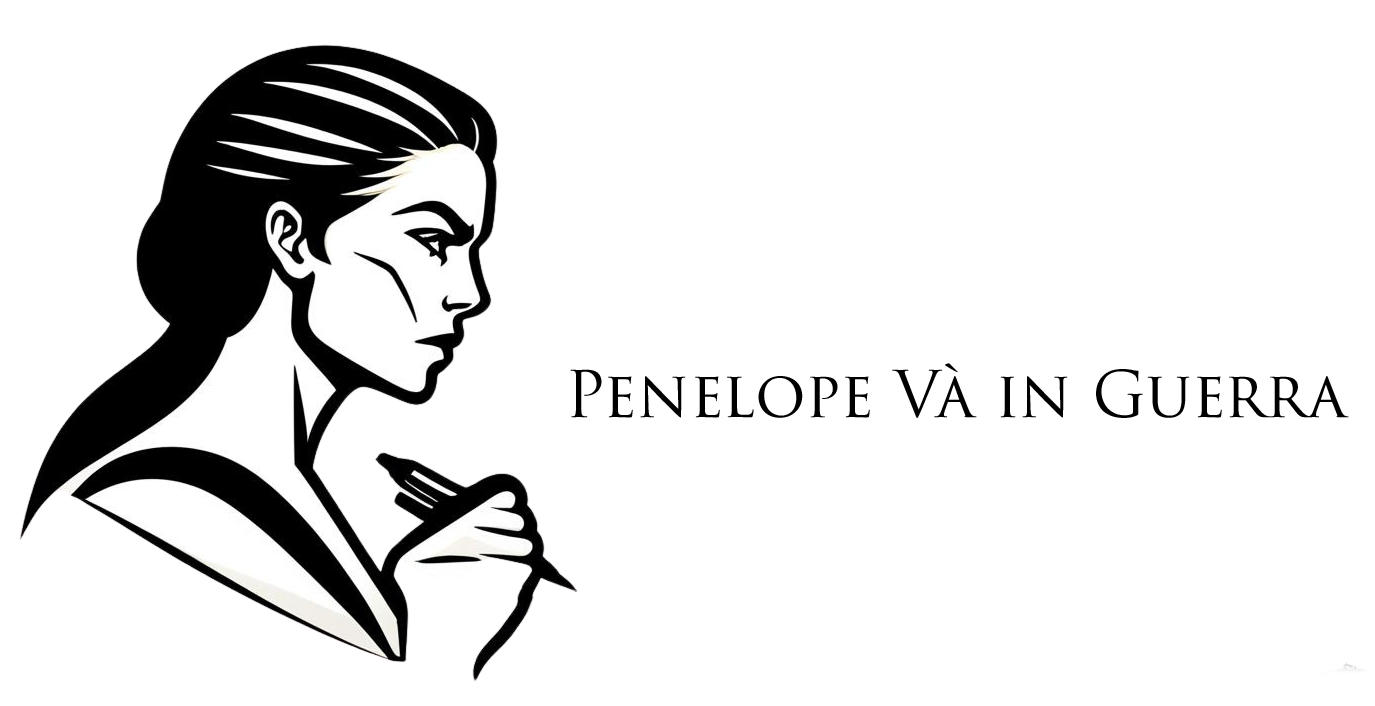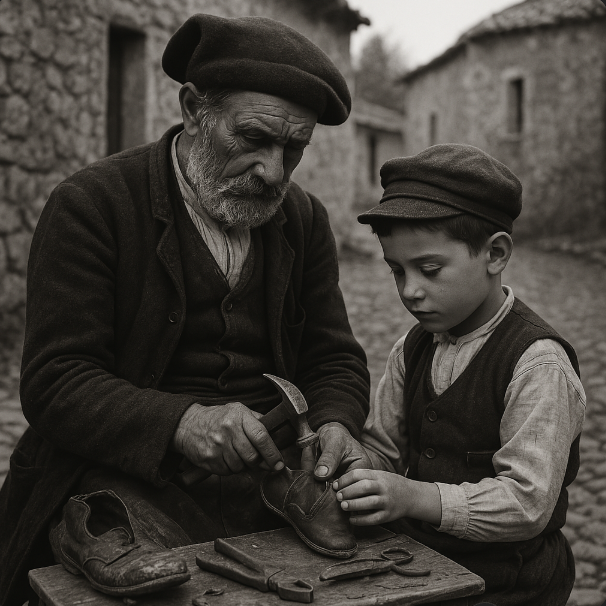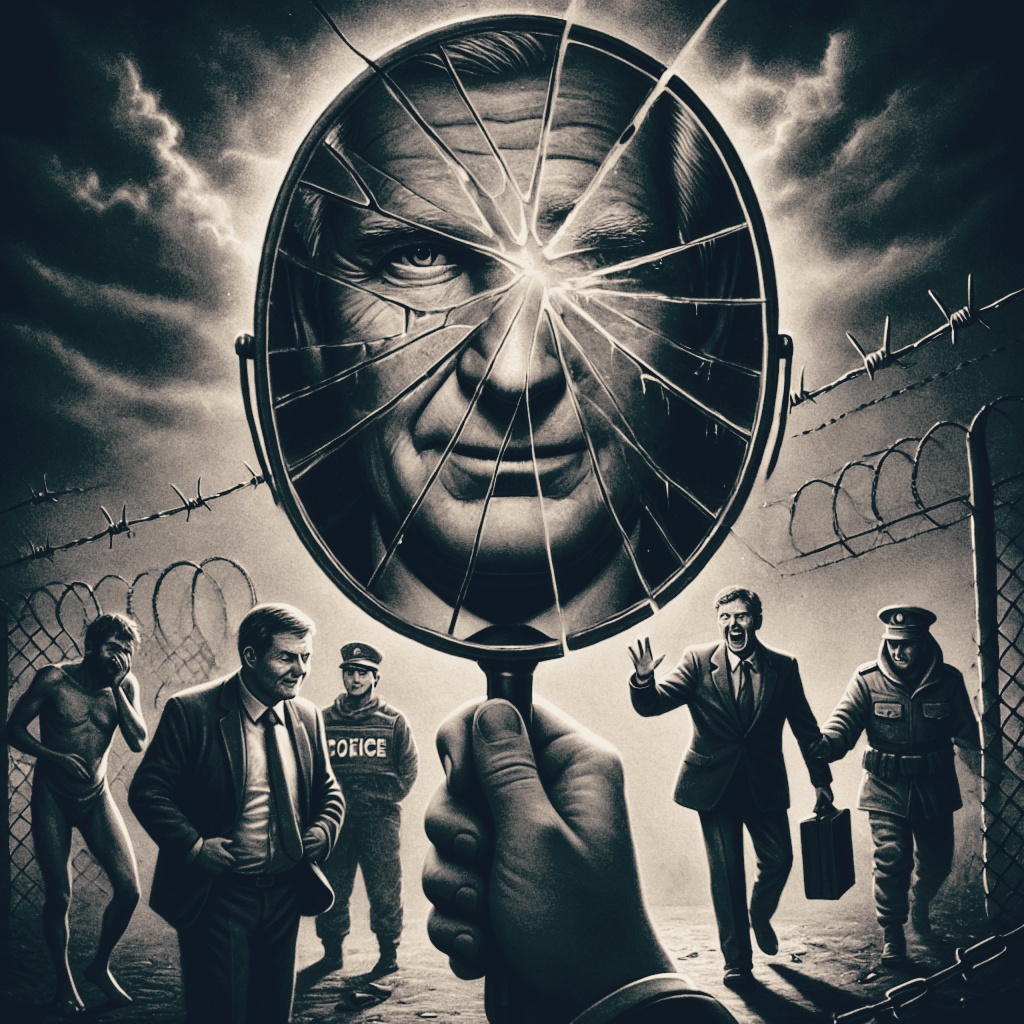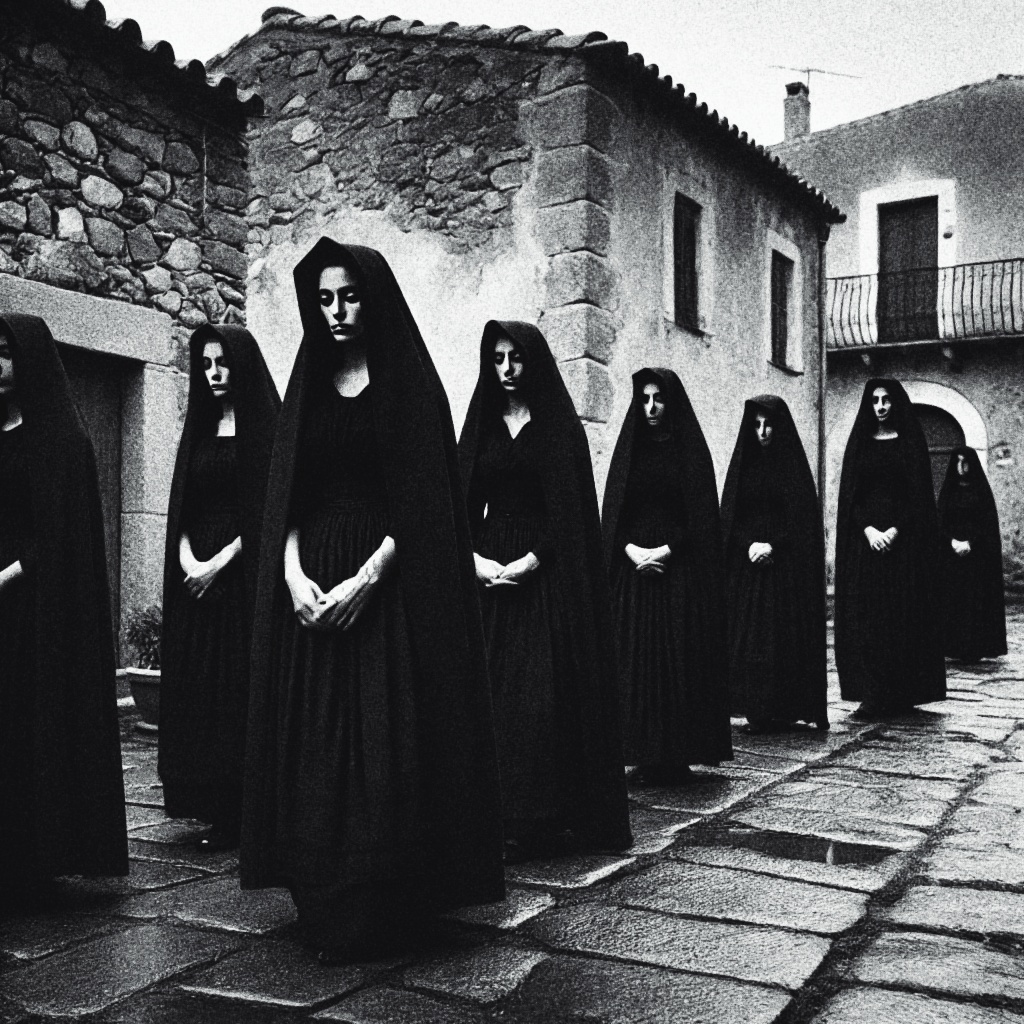Some words are like treasure chests: opening and dissecting them sometimes means understanding the way a people thinks.
In Sardinian, the word imparàre is used for both learning and teaching. So, if “imparo sa limba sarda” means “I’m learning the Sardinian language,” “T’imparo sa limba sarda” means “I’m teaching you the Sardinian language.”
As often happens, the Sardinian language had already found a concise way to express a fundamental idea, one even echoed by Nietzsche: opposites are illusions, and there’s not much difference between giving and receiving. Just like altruism and selfishness are two sides of the same coin, and those who give too much are often just disguised egoists.
In a world where institutionalized schooling, as we know it today, was available to very few, there were many masters scattered across Sardinian villages who had no doubt that learning and teaching were the same thing. They were fully aware that they should never stop teaching (and therefore learning) throughout their lives. So much so, that even after fully mastering a trade, they continued to be called “Masters.” In Sardinian, in fact, professions are referred to using the title Mastru. A mason is called Mastr’e’ Muru (master of stone), a carpenter is Mastr’e’ Linna (master of wood), and so on.
In that community-based world, experience wasn’t a portion of food to be eaten alone. Even the language itself reflected a philosophy of shared knowledge. Everyone had an unspoken duty to pass on their experience to someone, and this naturally made relationships stronger. Moreover, teaching was done one-on-one, unlike today’s classrooms with 20 or more students, numbers that make effective learning questionable, since understanding and supporting each student individually becomes almost impossible.
With the arrival of television, this system slowly began to decline. People turned to a single, nationalized source of information, and those once seen as wise quickly became “just old” and were cast aside. The peak of this homogenization came with the rise of Google, and now we’re in the age of artificial intelligence, which has taken the place of the old masters. The difference is that it’s no longer a human being learning while teaching us (yes, every time we ask ChatGPT something, it stores that data to improve), but a digital robot that humans, unaware of the consequences, will use to avoid thinking altogether.
It’s clear that artificial intelligence will bring enormous benefits, especially in the medical field, I just read an article yesterday about advances in early diagnosis, and it honestly felt like reading a sci-fi story.
But the risk is that this very progress, while increasing efficiency and knowledge, might extinguish the human bond that, for centuries, has enriched people on a deeper level. Teaching and learning are connected to genuine relationships, and if those relationships are weakened or broken, we risk losing what truly gives life its meaning: our ability to be truly happy through human connection.
On a human level, the separation between teacher and student is now nearly complete. This is why relationships based on mutual exchange are slowly dying out.
Maybe, if we started to see knowledge again as something communal, we could still save a few “Mastru”, and by doing so, maybe even save human happiness, instead of feeding it to artificial intelligence.
People are the real wealth.



